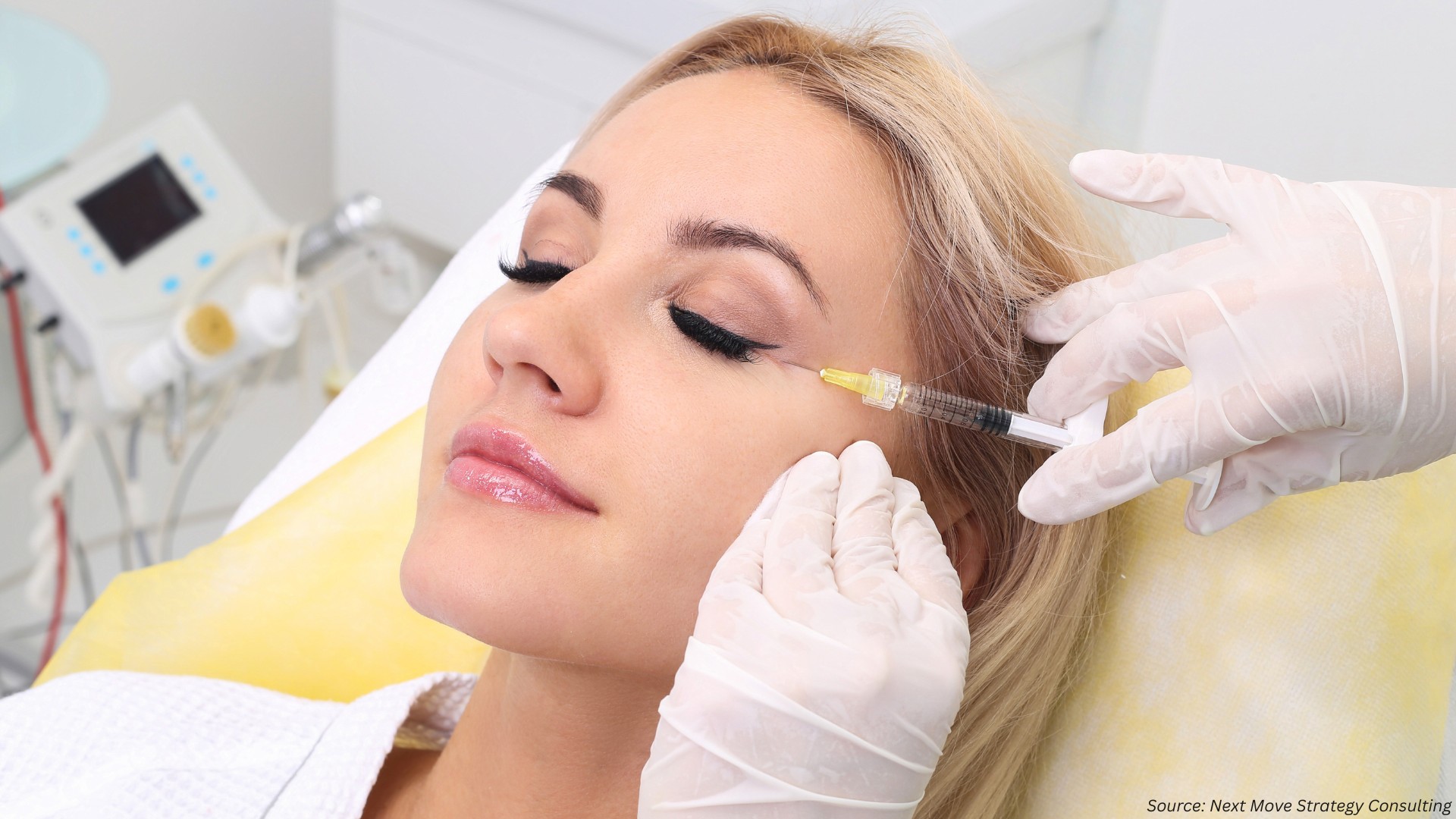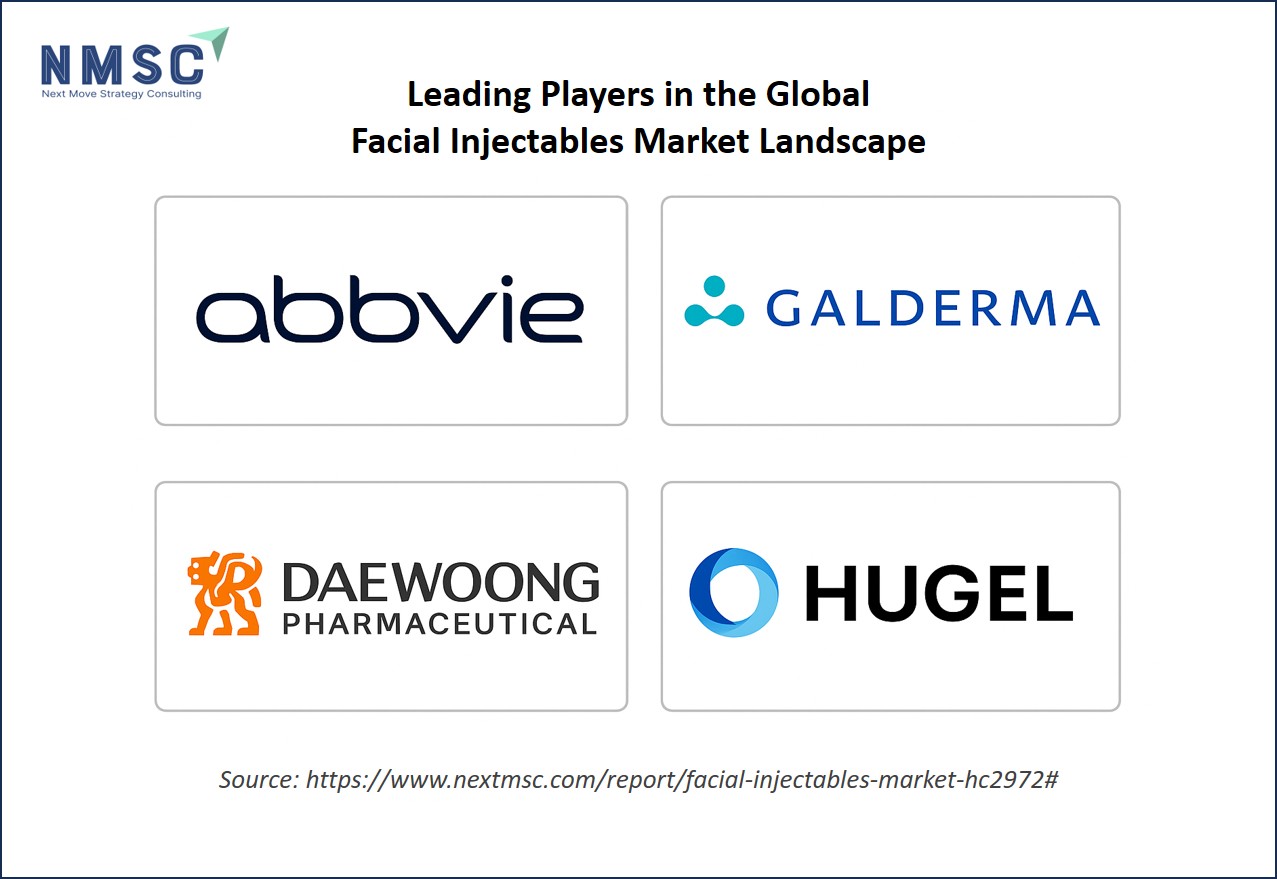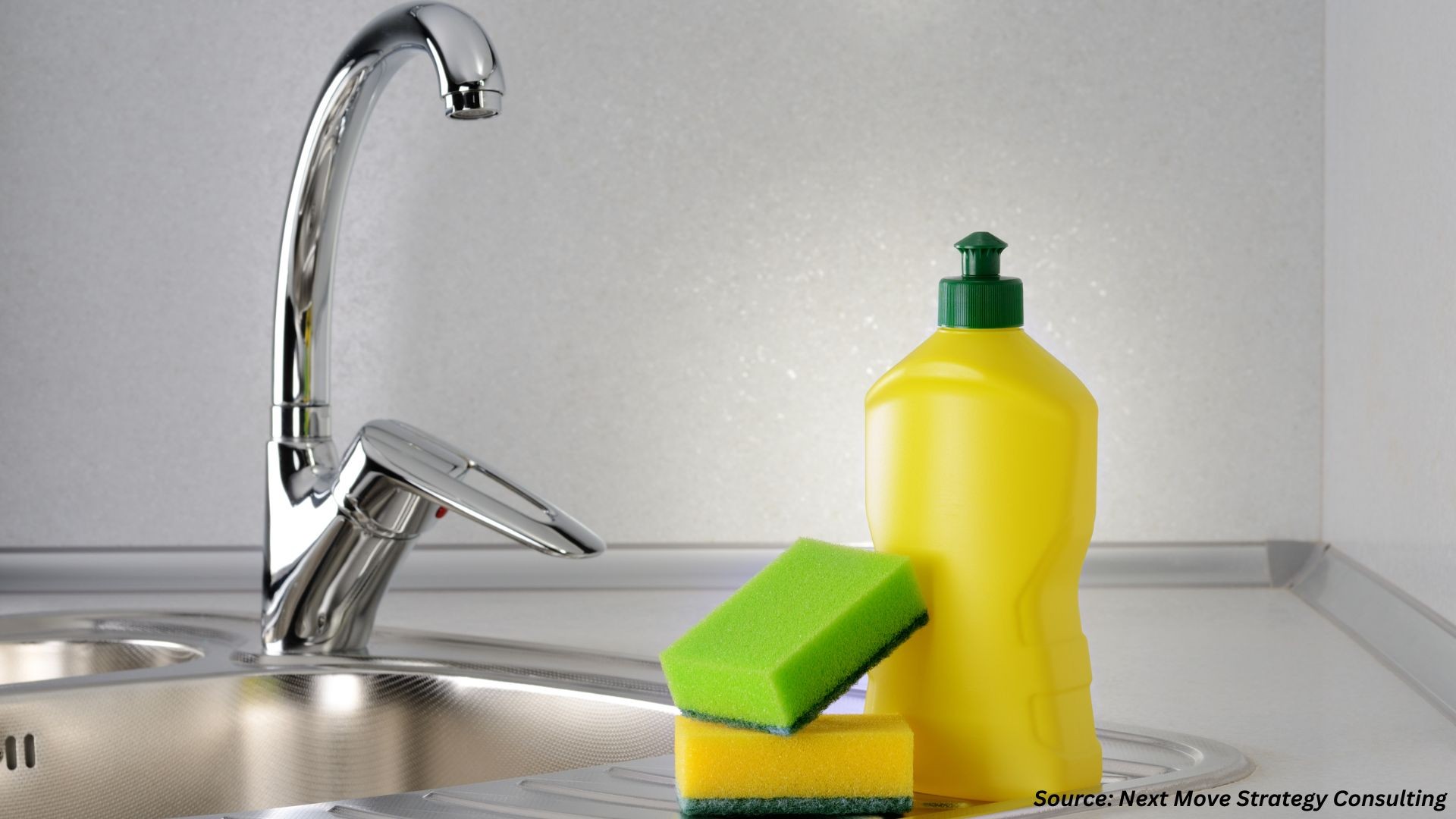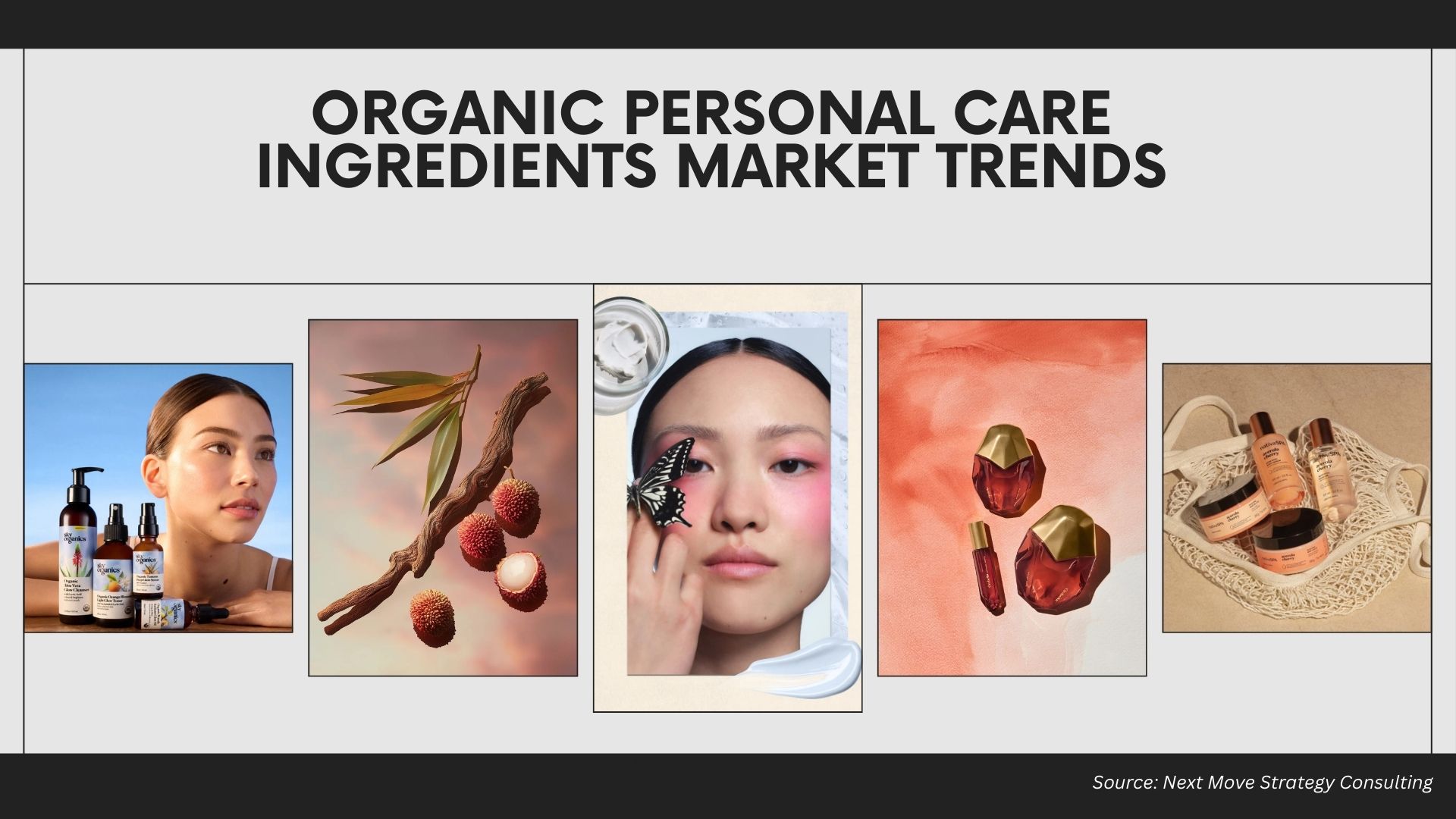What’s Driving the Facial Injectables Market in 2025?
Published: 2025-09-09

The Facial Injectables Industry is booming as people seek non-surgical ways to enhance their appearance. The global market revenue is predicted to reach USD 23.19 billion by 2030 with a CAGR of 10.3%. From hyaluronic acid fillers to natural fat transfers, these treatments promise youthful looks with minimal downtime.
But what’s fueling this trend, and how do these options work? This blog dives into the latest insights from 2024–2025, exploring the market’s growth, key innovations, and what you need to know before considering injectables.
Why Are Facial Injectables So Popular?
Facial injectables have become a go-to solution for those seeking quick, effective aesthetic enhancements. But what makes them so appealing? The rise in demand stems from their non-invasive nature, immediate results, and growing accessibility. Let’s break it down.
Accessibility and Convenience
Injectables like hyaluronic acid (HA) fillers and fat transfers require no surgery, offering a less intimidating option for facial rejuvenation. According to a 2024 study, low-crosslinked HA injections in the superficial fat layer have shown promising results for Chinese patients seeking natural-looking outcomes. These treatments are quick, often completed in under an hour, making them ideal for busy lifestyles.
Cultural and Social Influences
The desire for youthful, radiant skin transcends borders. High-profile cases, like speculation about Taylor Swift’s appearance at the 2024 AFC Championship game, widely discussed on social media, reflects how public figures can spark curiosity about injectables. Social media amplifies this trend, with celebrities and influencers normalizing aesthetic treatments.
Key Drivers of Popularity
-
Minimal downtime: Most patients resume normal activities within hours.
-
Customizable results: Treatments can target specific areas like cheeks or lips.
-
Non-surgical appeal: No incisions or general anesthesia required.
The popularity of facial injectables is driven by their convenience, customizable outcomes, and cultural visibility. These factors make them a preferred choice for aesthetic enhancement in 2025.
What Are the Latest Innovations in Facial Injectables?
The facial injectables market is evolving rapidly, with new techniques and materials improving safety and results.
What innovations should you know about in 2025?
Hyaluronic Acid Fillers
Hyaluronic acid fillers remain a cornerstone of the market. A 2024 study highlighted the use of low-crosslinked HA injections in the superficial fat layer, which offers subtle, natural rejuvenation for Chinese patients. These fillers are biocompatible, reducing the risk of adverse reactions, and can be dissolved if needed.
Facial Fat Transfers
For those seeking a natural alternative, facial fat transfers are gaining traction. This technique uses a patient’s own fat, harvested from areas like the abdomen, to restore volume in the face. Since the filler comes from the patient’s own tissue, the results appear and feel very natural. While not all transferred fat survives, the surviving fat cells can be permanent, meaning that for many individuals, a single transfer offers long-lasting volume. Additionally, fat grafting enhances skin quality by delivering the body’s own stem cells and growth factors to the treated area, stimulating new collagen and elastin production. Over time, this often leads to improved skin texture and tone.
Dissolvable Fillers
The ability to reverse results is a game-changer. Hyaluronidase, an enzyme that dissolves HA fillers, allows practitioners to correct overfills or complications, enhancing patient confidence. This innovation addresses concerns about permanent changes, making injectables more approachable.
Key Innovations
-
Low-crosslinked HA: Provides subtle, natural results with fewer side effects.
-
Fat transfers: Uses autologous fat for longer-lasting, organic outcomes.
-
Dissolvable fillers: Offers flexibility and reversibility for safer treatments.
Innovations like low-crosslinked HA, fat transfers, and dissolvable fillers are making injectables safer and more versatile, catering to diverse patient needs in 2025.
How Safe Are Facial Injectables?
Safety is a top concern for anyone considering facial injectables. Are these treatments as safe as they seem? Let’s explore the risks and precautions based on recent findings.
Safety Profile of Hyaluronic Acid
Hyaluronic acid fillers are generally safe due to their biocompatibility. The 2024 study on Chinese patients reported minimal adverse effects with low-crosslinked HA injections, with most side effects (e.g., swelling or bruising) resolving within days. However, improper injection techniques can lead to complications like vascular occlusion, emphasizing the need for skilled practitioners.
Risks of Fat Transfers
Facial fat transfers, while natural, carry risks like infection or uneven results. The procedure requires precise harvesting and injection to avoid lumpiness. Choosing a board-certified surgeon is critical to minimize these risks.
Reversibility and Corrections
The ability to dissolve HA fillers with hyaluronidase is a significant safety advantage. This enzyme can quickly address issues like overfilling or asymmetry, as noted in a 2024 Vogue Singapore article. However, fat transfers are not easily reversible, requiring careful consideration.
Safety Considerations
-
Choose qualified providers: Board-certified dermatologists or surgeons reduce risks.
-
Understand side effects: Temporary swelling or bruising is common but manageable.
-
Opt for reversible options: HA fillers offer flexibility compared to fat transfers.
Facial injectables are generally safe when performed by qualified professionals, with HA fillers offering the added benefit of reversibility. Patients must weigh the risks and benefits carefully.
Who Are the Key Players Shaping the Facial Injectables Market?
The facial injectables industry features a wide range of prominent players, including AbbVie, Galderma, Merz GmbH & Co. KGaA, Ipsen, Evolus, Revance Therapeutics Inc., Daewoong Pharmaceutical, Hugel Inc., Medytox Inc., Teoxane Laboratories, Laboratoires Filorga, Mesoestetic Pharma Group, Prollenium Medical Technologies, Anika Therapeutics, Suneva Medical Inc., Bloomage BioTechnology Corporation Limited, Sinclair Pharma, ColBar LifeScience Ltd., Croma Pharma, and BioPlus Lifesciences, among others. These companies are adapting strategies such as product launches and collaborations to strengthen their market presence and maintain competitive advantage.
What Should You Consider Before Getting Injectables?
Choosing to get facial injectables is a personal decision. What factors should guide your choice? Here’s a breakdown of key considerations for 2025.
Provider Expertise
The skill of your provider is paramount. Look for board-certified professionals with experience in injectables. The 2024 study on HA fillers stressed the importance of technique to avoid complications.
Cost and Maintenance
HA fillers typically require touch-ups every 6–12 months, whereas fat transfers may last years. Discuss costs upfront with your provider to align with your budget.
Key Considerations
-
Set realistic goals: Understand what injectables can and cannot achieve.
-
Research providers: Verify credentials and read patient reviews.
-
Plan for maintenance: Factor in follow-up treatments for HA fillers.
Before getting injectables, clarify your goals, choose a skilled provider, and plan for maintenance to ensure satisfying results.
Next Steps: How to Get Started with Facial Injectables
Ready to explore facial injectables? Here are actionable steps to guide your journey in 2025:
-
Consult a professional: Schedule a consultation with a board-certified dermatologist or plastic surgeon to discuss your goals and options.
-
Research treatment types: Decide between HA fillers for temporary results or fat transfers for longer-lasting effects.
-
Ask about reversibility: Opt for HA fillers if you want the flexibility to dissolve results.
-
Review before-and-after photos: Request examples of your provider’s work to set realistic expectations.
-
Plan financially: Discuss costs and maintenance schedules to avoid surprises.
The facial injectables market in 2025 offers safe, innovative options for aesthetic enhancement. By choosing qualified providers and understanding your options, you can achieve natural, satisfying results.
About the Author
 Sneha Chakraborty is a seasoned SEO Executive and Content Writer with over 4 years of experience in the digital marketing space, bringing a strong command of online visibility strategies and a keen insight into the evolving digital landscape. She specializes in enhancing online visibility and user engagement through data-driven strategies and creative content solutions. Sneha is passionate about translating complex digital concepts into accessible content for a wide audience. Outside of work, she enjoys reading, sketching, and exploring the outdoors through nature photography.
Sneha Chakraborty is a seasoned SEO Executive and Content Writer with over 4 years of experience in the digital marketing space, bringing a strong command of online visibility strategies and a keen insight into the evolving digital landscape. She specializes in enhancing online visibility and user engagement through data-driven strategies and creative content solutions. Sneha is passionate about translating complex digital concepts into accessible content for a wide audience. Outside of work, she enjoys reading, sketching, and exploring the outdoors through nature photography.
About the Reviewer
 Debashree Dey is a skilled Content Writer, PR Specialist, and Assistant Manager with strong expertise in Digital Marketing. She specializes in crafting visibility strategies and delivering impactful, data-driven campaigns. Passionate about creating engaging, audience-focused content, she helps brands strengthen their online presence. Beyond work, she draws inspiration from creative projects and design pursuits.
Debashree Dey is a skilled Content Writer, PR Specialist, and Assistant Manager with strong expertise in Digital Marketing. She specializes in crafting visibility strategies and delivering impactful, data-driven campaigns. Passionate about creating engaging, audience-focused content, she helps brands strengthen their online presence. Beyond work, she draws inspiration from creative projects and design pursuits.

















Add Comment